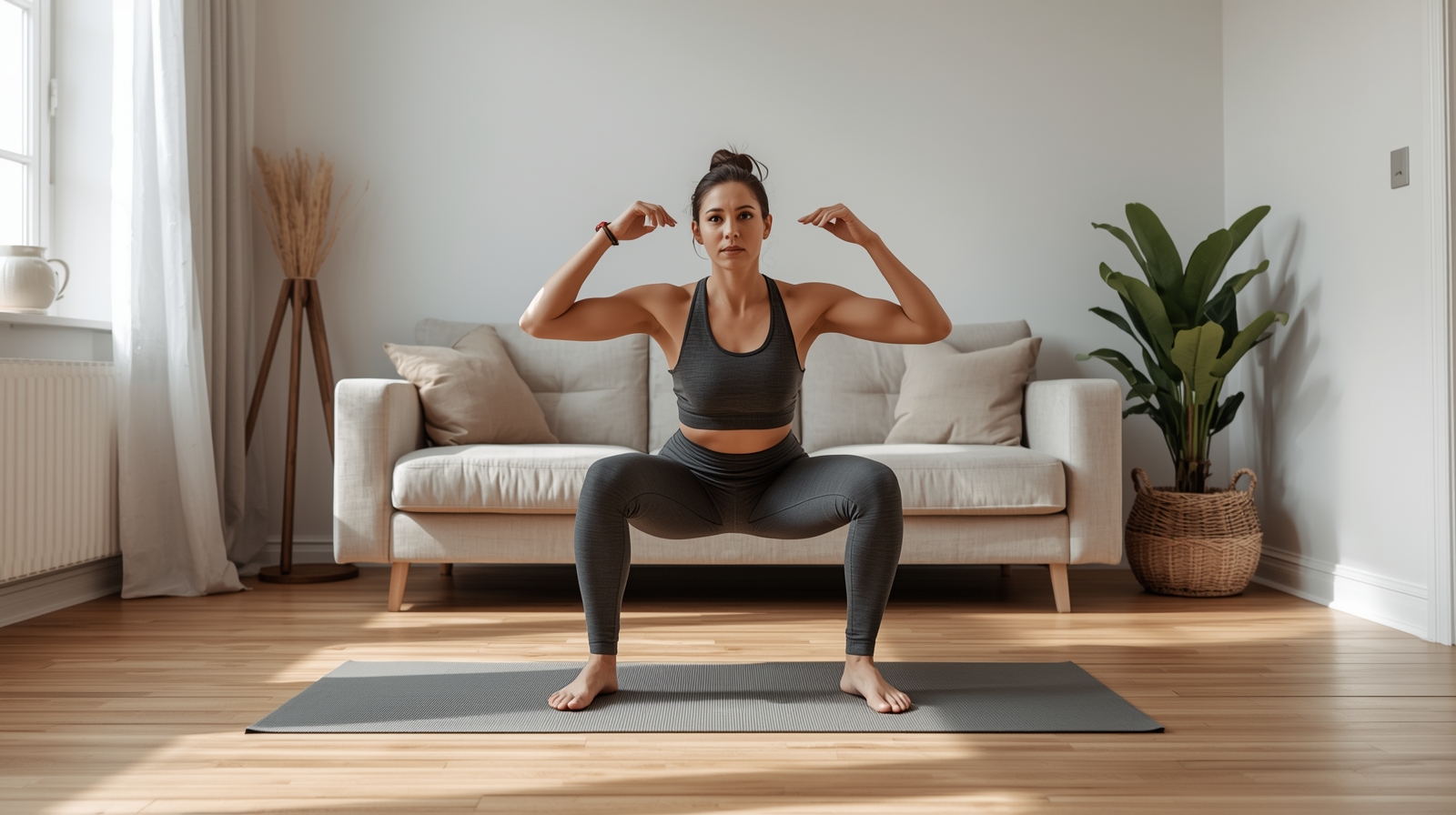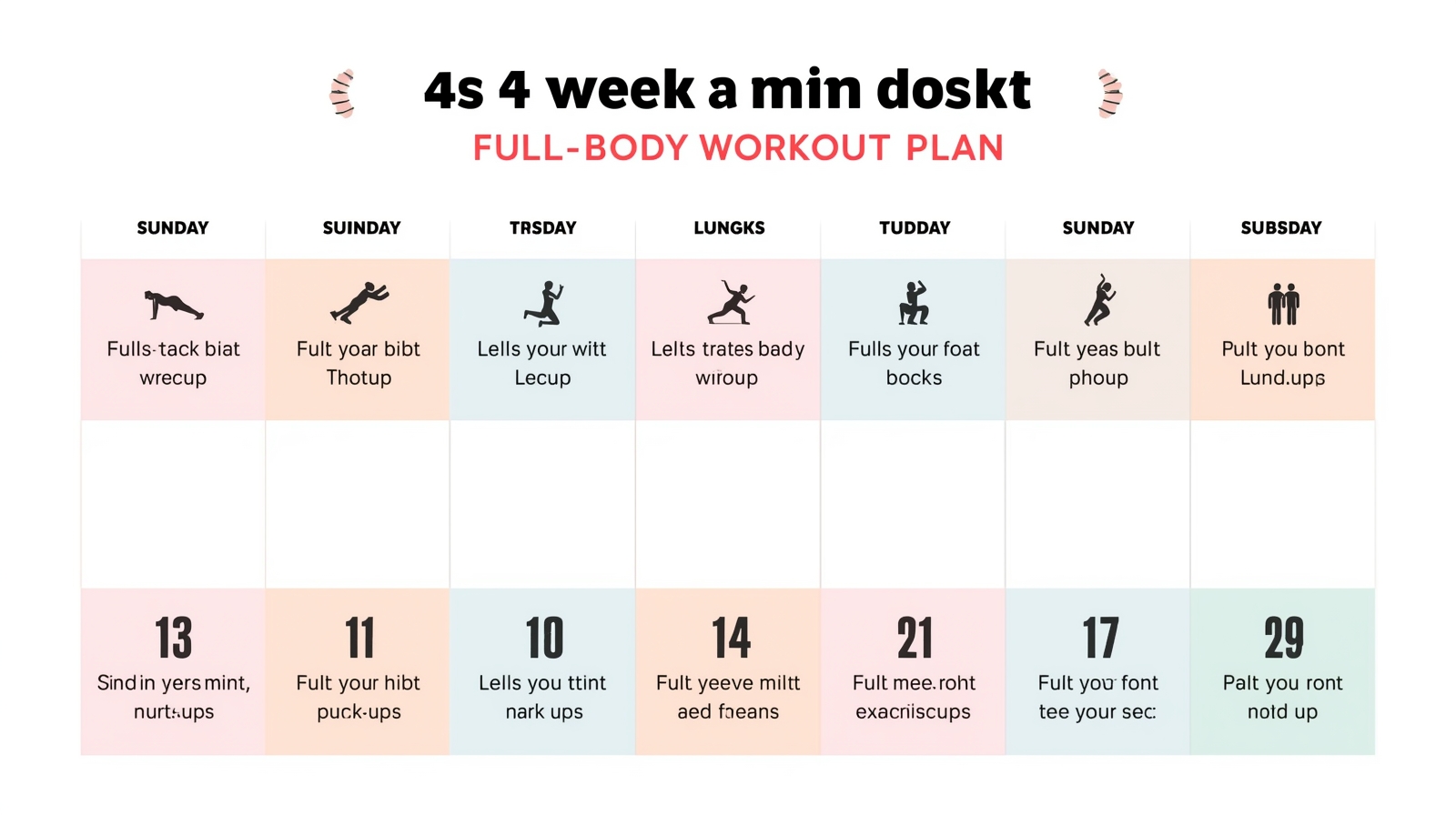Cardio exercise supports heart health, burns calories, and builds stamina. Many people avoid it because they dislike running or find it uncomfortable. The good news is that running is not the only way to achieve an effective cardio workout. There are many ways to raise the heart rate without leaving your living room.
This guide explains a 20-minute cardio routine designed for women who prefer not to run. The workout uses simple movements that require no equipment. You can do it at home, in a small space, or anywhere you feel comfortable.
Why Cardio Matters
Cardio, short for cardiovascular exercise, targets the heart, lungs, and circulatory system. It strengthens the heart muscle and improves oxygen delivery throughout the body. When done consistently, it can help manage weight, reduce fatigue, and increase endurance.
For women balancing work, family, and personal health, short and efficient cardio routines are often more practical than long workouts. A focused 20-minute plan can produce meaningful results if performed regularly and with intent.
How This Routine Works
This plan is structured as a circuit. You will perform a series of exercises back-to-back with short rest periods. Each movement is bodyweight-based and designed to activate major muscle groups.
You will complete four rounds of the circuit. Each round lasts about five minutes, including brief rest periods between exercises.
Here is what to expect:
Round 1: Warm-up and activation
Round 2: Full-body cardio
Round 3: Strength endurance
Round 4: Core and cooldown
No treadmill or running shoes are required — only space to move safely.
Section 1: Warm-Up (3–5 Minutes)
A warm-up prepares the body for physical activity. It increases blood flow, lubricates joints, and activates muscles.
Warm-Up Sequence:
March in Place – 60 seconds
Lift knees and swing arms gently.
Arm Circles – 30 seconds each direction
Keep shoulders loose and move slowly.
Torso Rotations – 60 seconds
Turn side to side to loosen the spine.
Leg Swings – 30 seconds each leg
Hold a wall or chair for balance.
Light Jumping Jacks – 60 seconds
Move lightly to raise heart rate without strain.
Section 2: Round 1 – Activation (5 Minutes)
This round focuses on movement patterns that prepare the body for more intensity. Perform each exercise for 40 seconds, rest 20 seconds, and move to the next.
- Step Touch
Step side to side while swinging arms gently.
Keep the core tight and posture upright.
- Bodyweight Squat
Stand with feet shoulder-width apart.
Lower hips down and press back up through heels.
Maintain control through the full motion.
- Standing Knee Raise
Lift one knee toward the chest while bringing opposite hand down.
Alternate sides quickly for coordination and light cardio.
- Side Lunges
Step right, bend the right knee while keeping the left leg straight.
Return to center and switch sides.
- Arm Reach Stretch
Reach arms overhead and side to side to open the torso and back.
Rest for 1 minute after completing all five movements.
Section 3: Round 2 – Full-Body Cardio (5 Minutes)
These movements raise heart rate and engage multiple muscle groups. Perform each for 40 seconds, rest 20 seconds.
- Jumping Jacks
Jump feet apart and arms overhead, then return to starting position.
Keep a steady pace throughout.
- Mountain Climbers
Begin in a plank position.
Bring one knee toward the chest, switch quickly.
Keep shoulders above wrists.
- Skater Steps
Jump side to side as if skating, landing on one leg at a time.
Use arms to help maintain balance and rhythm.
- Jump Squats (Low Impact Option: Bodyweight Squat)
Perform a squat, then push upward to a small jump.
Land softly and continue without pausing.
- Fast Punches
Stand with feet apart, core tight, and punch forward quickly for 40 seconds.
Rest for 1 minute after all five movements.
Section 4: Round 3 – Strength Endurance (5 Minutes)
These exercises build muscular endurance while maintaining an elevated heart rate. Perform each for 40 seconds, rest 20 seconds.
- Reverse Lunges
Step back with one leg, lower both knees, and push forward to stand.
Alternate sides.
- Push-Ups (Modified Option: Knees Down)
Place hands under shoulders.
Lower the chest near the floor, push back up with control.
- Plank Shoulder Taps
From a high plank, tap opposite shoulders while keeping the body stable.
Alternate hands continuously.
- Side Step Squats
Step right, lower into a squat, step left and repeat.
Keep the movement steady and controlled.
- Standing Side Crunch
Bring right knee to right elbow, switch sides continuously.
Rest for 1 minute after completing all five movements.
Section 5: Round 4 – Core and Cooldown (5 Minutes)
Finish the session with controlled movements that focus on the abdominal area and overall recovery.
- Standing Cross Crunch
Stand tall and twist the torso to bring opposite elbow and knee together.
Continue alternating sides.
- Forearm Plank
Lower onto forearms and hold the plank position.
Keep back straight and hips level.
Hold for 40 seconds.
- Glute Bridge March
Lie on your back with knees bent.
Lift hips and march by lifting one foot off the floor at a time.
Keep hips raised throughout.
- Seated Leg Lifts
Sit on the floor, lean back slightly, and lift both legs together.
Lower and repeat.
- Deep Breathing Stretch
Sit cross-legged or lie down.
Inhale deeply through the nose and exhale through the mouth for 60 seconds.
Section 6: Modifications for Beginners
If you are new to cardio or returning after a break, modify movements to lower intensity while keeping form safe.
Step instead of jump during exercises.
Reduce working time to 30 seconds per exercise.
Extend rest to 30 seconds between moves.
Skip any movement that causes discomfort.
Gradually increase duration and intensity as stamina improves.
Section 7: How Often to Do This Routine
For consistent results, aim for three to five sessions per week. Each workout lasts 20 minutes, making it easy to fit into a busy schedule.
Alternate with other forms of movement such as walking, yoga, or light strength training. Rest at least one day per week for recovery.
Section 8: Tracking Progress
Progress is not measured only by the scale. Track changes in endurance, breathing control, and overall energy.
Ways to monitor progress:
Count how many rounds or reps you complete.
Record heart rate before and after workouts.
Note how long it takes to recover between exercises.
Small improvements over time show that your body is adapting and becoming more efficient.
Section 9: Common Mistakes to Avoid
Skipping warm-up or cooldown: This can lead to stiffness and slower recovery.
Holding your breath: Continuous breathing helps maintain rhythm and prevents dizziness.
Overtraining: More is not always better. Rest supports growth and consistency.
Poor posture: Maintain neutral alignment to protect joints and muscles.
Focus on controlled movement rather than speed. Proper form produces better results than rushed repetitions.
Section 10: Nutrition and Recovery
Cardio training uses stored energy, so nutrition plays an important role in recovery and performance.
Before the workout:
Eat a small meal or snack containing complex carbohydrates, such as oats or fruit.
After the workout:
Replenish with a mix of lean protein and healthy carbohydrates.
Hydrate with water to replace fluids lost during activity.
Recovery also involves sleep, stretching, and mobility work. Take time each week to rest and reset both physically and mentally.
Section 11: Mental Focus During Cardio
Cardio can be challenging when motivation is low. To stay engaged:
Choose music with a steady rhythm.
Focus on one movement at a time.
Count repetitions or seconds instead of thinking about total time.
Remind yourself that consistency builds results.
When you maintain focus, even short workouts can feel productive and manageable.
Section 12: Long-Term Benefits
With consistent effort, short cardio sessions can improve several areas of health.
Increased energy levels
Improved heart and lung function
Greater endurance for daily activities
Support for healthy body composition
These effects appear gradually as the body adapts to regular movement.
Section 13: Weekly Plan Example
Monday: 20-Minute Cardio Circuit
Tuesday: Strength Training or Yoga
Wednesday: Rest or Walk
Thursday: 20-Minute Cardio Circuit
Friday: Core and Flexibility Session
Saturday: 20-Minute Cardio Circuit
Sunday: Rest
This plan balances intensity and recovery while promoting steady progress.
Section 14: How to Stay Consistent
Building a routine depends on habits, not motivation. Schedule specific times for exercise and treat them as appointments. Keep sessions short and simple to remove excuses.
Set realistic goals such as completing three workouts per week. Over time, your stamina and confidence will grow.
Tracking progress, preparing workout clothes in advance, and pairing sessions with music or podcasts can also make the experience more enjoyable.
Section 15: Expanding the Routine
After several weeks, you may want to increase intensity by:
Adding resistance bands
Using light dumbbells
Shortening rest periods
Extending rounds from 4 to 5
These small adjustments help the body continue to adapt and prevent plateaus.
Conclusion
Running is not the only way to achieve a strong cardio workout. With structured movement, controlled breathing, and consistent effort, you can build stamina and support fat burning at home in 20 minutes a day.
The goal is to move consistently, maintain good form, and focus on progress rather than perfection. When practiced regularly, this 20-minute no-running cardio routine can fit easily into any schedule and support long-term health goals.
SEO Optimization Summary
Primary Keywords:
20-minute cardio routine for women
no running cardio workout
cardio exercises for women at home
bodyweight cardio workout
Supporting Keywords:
at-home cardio plan
short fat-burning workout
women’s cardio routine
Recommended Internal Links (for HealthyBuz.site):
“Best Fat-Burning Exercises for Women (No Equipment Needed)”
“Full-Body Workout Plan for Women: Tone, Strengthen & Sculpt in 4 Weeks”
“Yoga for Beginners: Simple Poses to Boost Energy and Flexibility”



